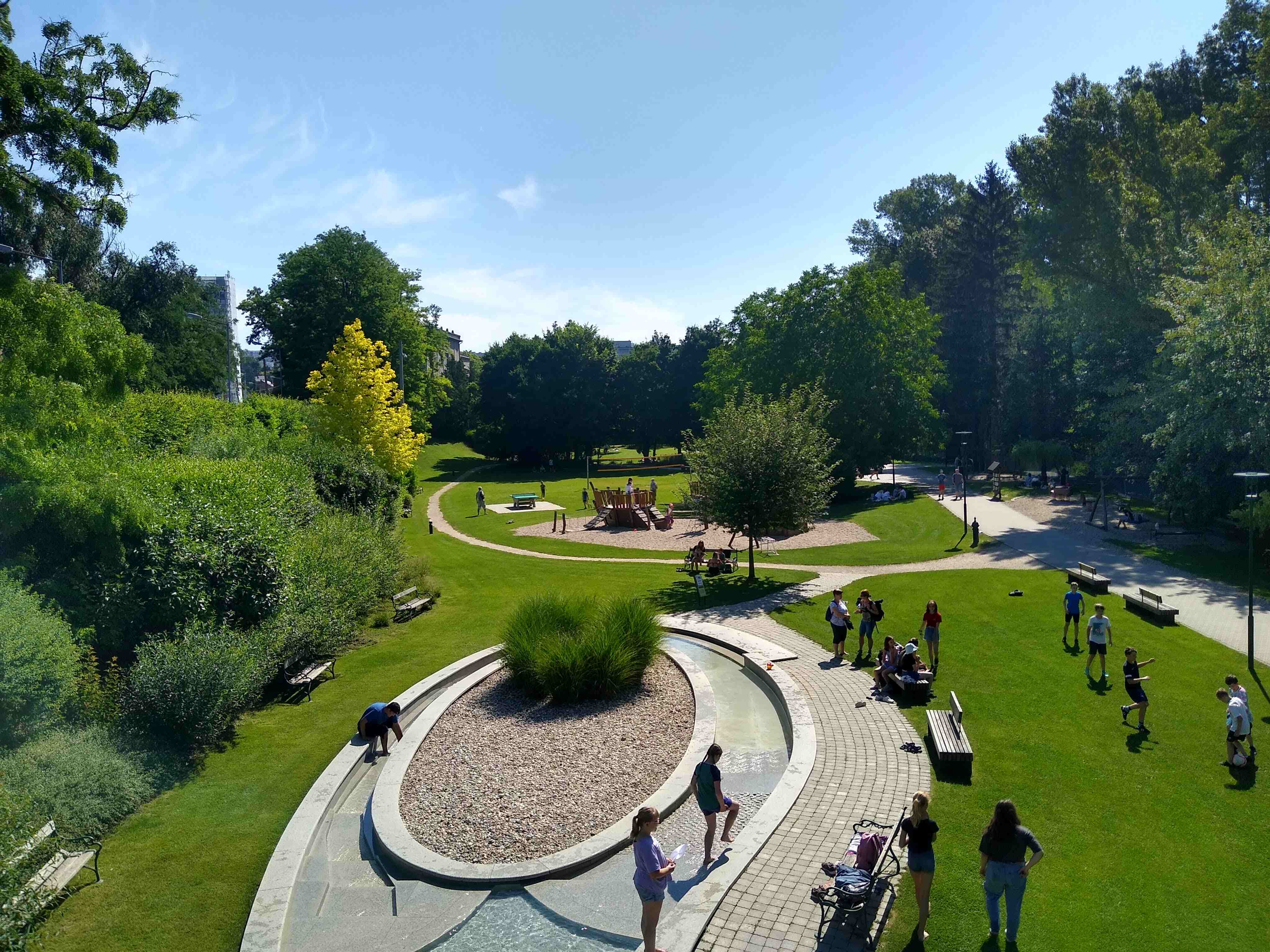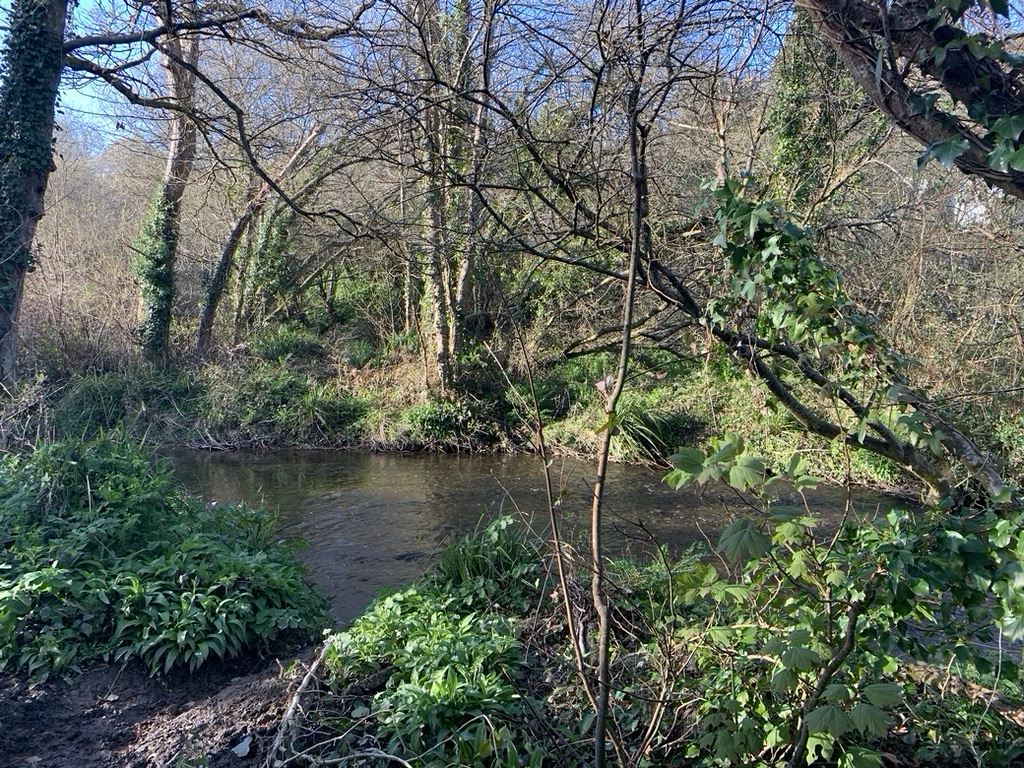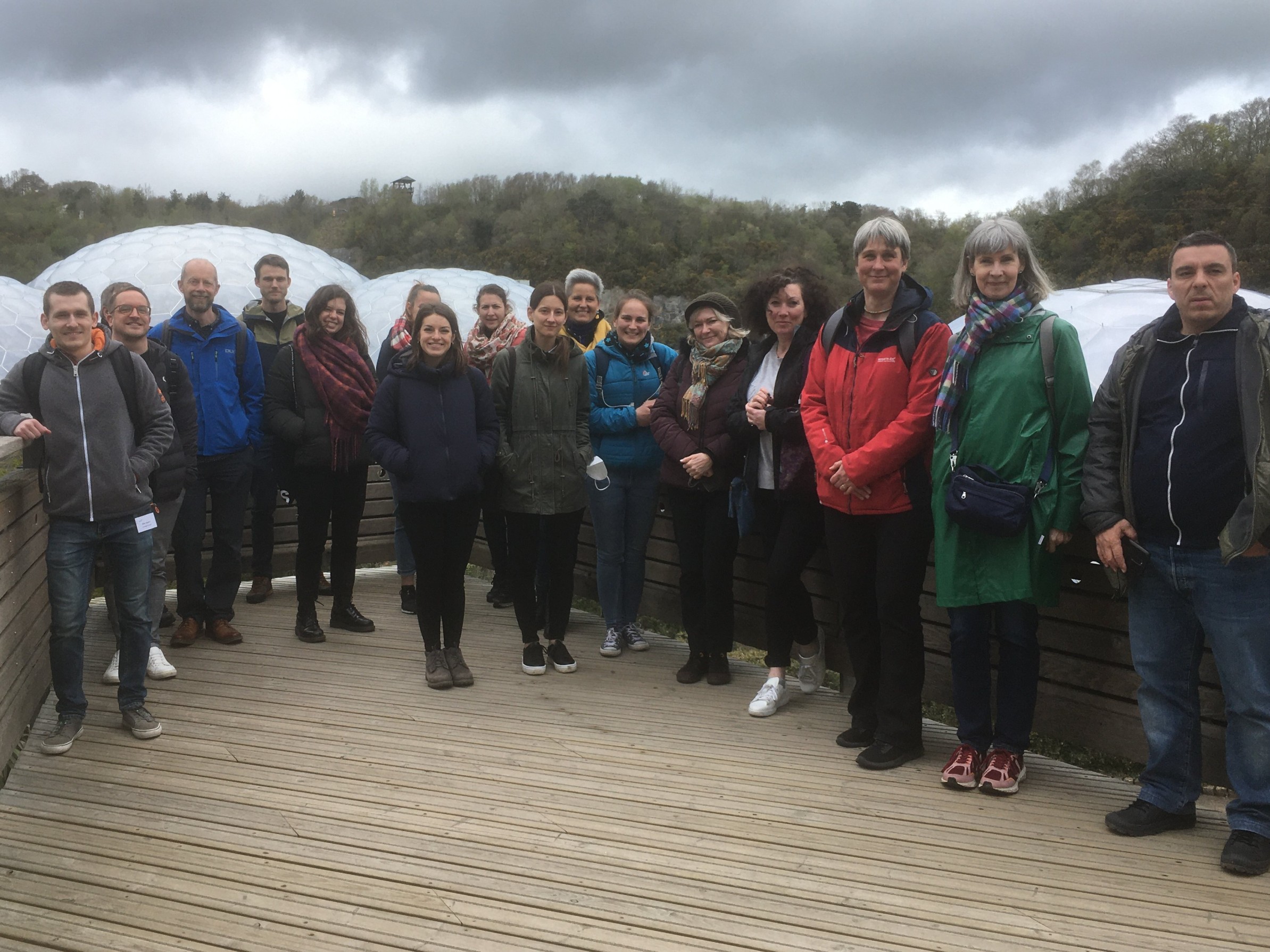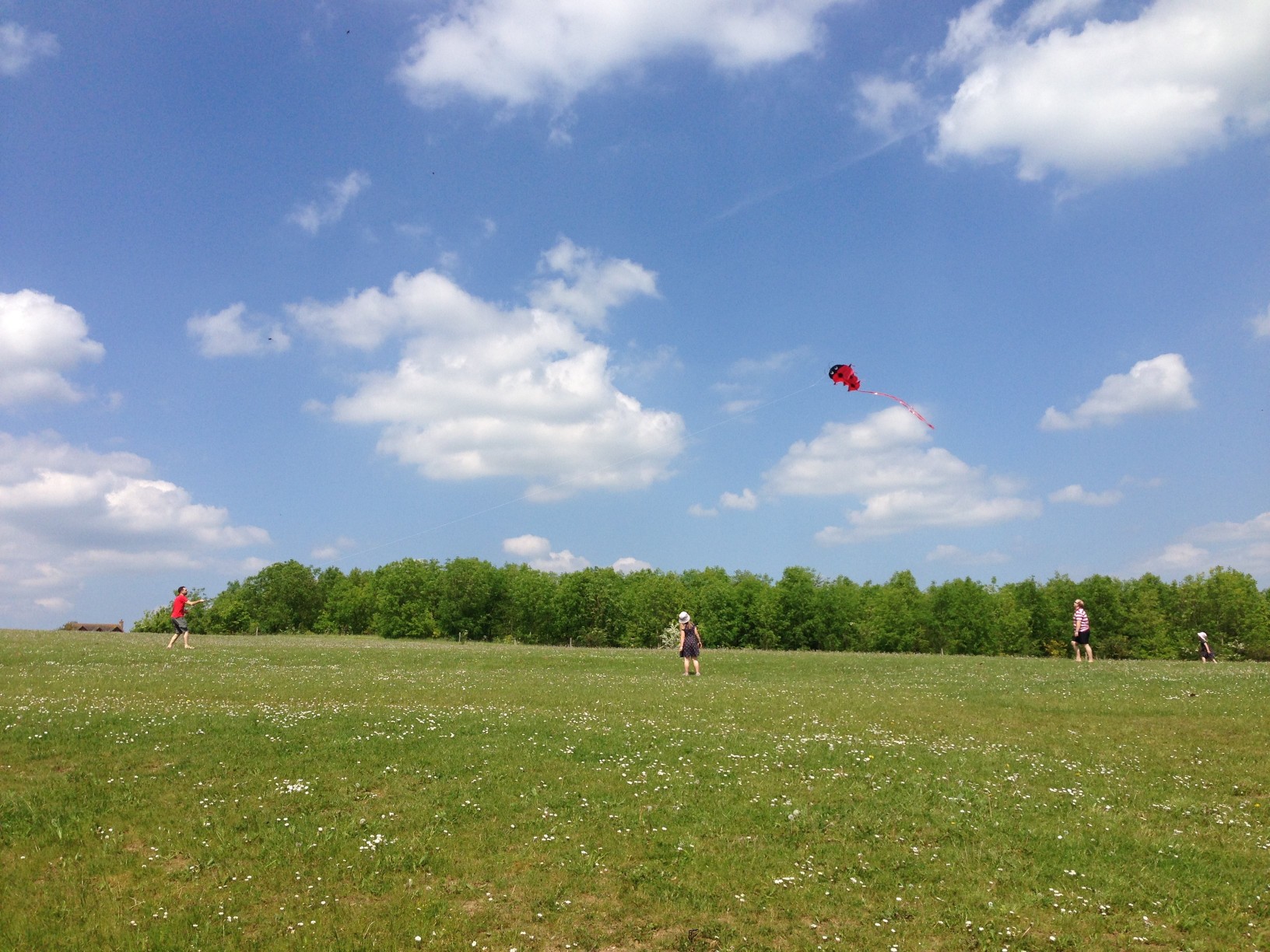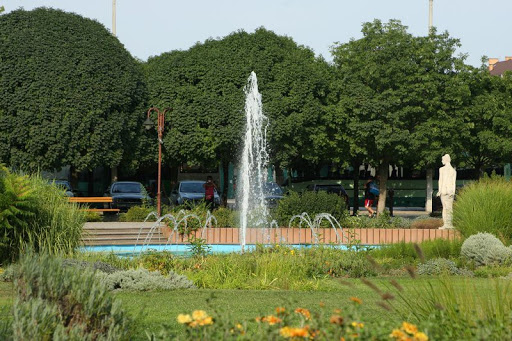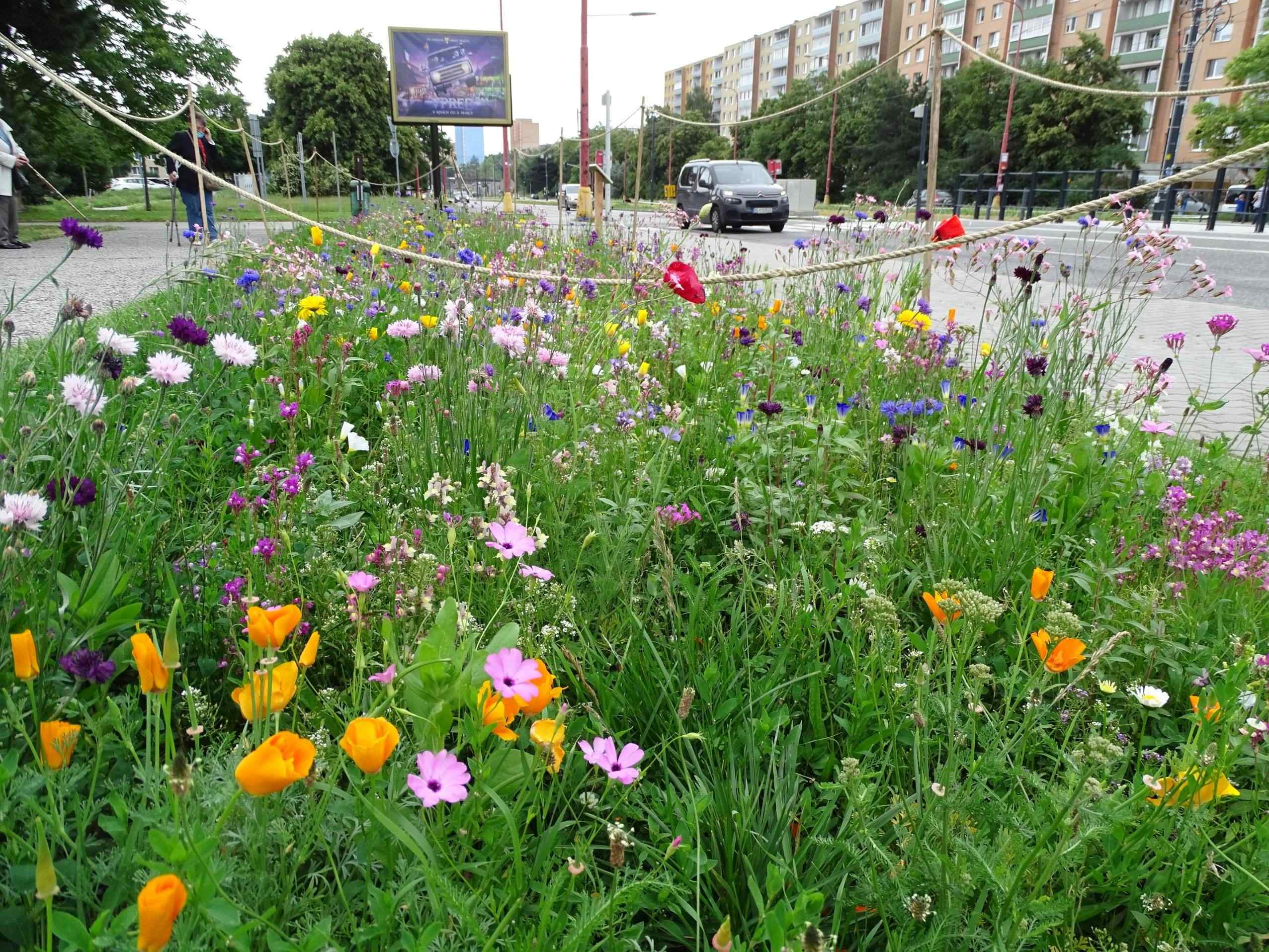Rethinking green infrastructure is the handbook on participatory planning at the local level, that the Municipality of Ferrara, partner of PERFECT, was asked to implement as a project output because of it's strong tradition in the promotion of citizens’ involvement experiences, especially to define new urban landscape.
The manual has been created by Elena Farnè, landscape architect and expert in participatory processes, and aims to give an overview of the innovative methodologies and tools used to increase the number of people reached by the message of the multiple benefits of green infrastructure.
The introduction and glossary help focus on some key principles: process time-frame and phases, heterogeneity of groups and skills, experimenting and commitments with a very practical approach. The use of appropriate tools and techniques in relation to the specific challenge is essential to better manage the groups debate and to stimulate their creativity and ability to explore new solutions and reach the goals.
For this reason, the central part of the manual presents eight inspiring case studies, giving the main information to pragmatically highline: background, objectives, conflicts, methodologies, actions and, primarily, impacts and replicability. A rich set of images supports the description.
All the PERFECT partners were involved in the construction of the volume, since the fourth Partner Meeting when the first draft was presented, with a call to propose experiences to be included. As a result of this cooperation three case-studies came from the PERFECT Group.
The index is structured in four sections:
• CO-DESIGN AND PARTICIPATION PROCESSES
The first practice concerns èFerrara Urban Center, the City Lab of the Municipality of Ferrara (IT) which supports the local civic communities in improving their self-organization capacities for the enhancement of urban natural capital. This public service promotes a new relationship between public administration and citizens, based on dialogue and empathy, and the development of forms of “self-government of Commons”, also through the modification of the municipal regulations.
The second case study is about the participatory design labs organized for the inhabitants of Rimini (IT) on the environmental recovery of the former In.Cal System quarry, an area of 37 hectares returned to the city after years of exploitation;
• TRAINING TOOLS
This section illustrates the activities of the Portland Depave Association (USA) that started de-paving and gardening actions in urban contexts and developed its own method published in ‘The guide to Freeing your soil’ that inspired other green communities in the world. It also presents the action of the Trees Group Action Design London (UK), which carries on researches on green infrastructure and edits a series of guides designed and written in collaborative ways, including ‘Trees in Hard Landscape’;
• SIMULATION GAMES
This section illustrates the Planning Game case study promoted by the TCPA of London (UK), a role-playing game in which the participants compete in conceiving ideal cities with trees and urban green, and the REBUS case study, a role-playing game promoted by the Emilia-Romagna Region (IT) in which cities and professionals compete in redesigning the public spaces of existing neighbourhoods to integrate nature based solutions to combat climate change;
• URBAN PLANS AND URBAN REGENERATION STRATEGIES
It illustrates the urban, environmental and social strategy set up by the Municipality of Medicina (IT) - to re-qualify the entire city centre along the canal that crosses the town and to involve residents in actions of engagement and care of green areas, public spaces and public debate on infrastructural interventions with greater impact on the canal - and the interactive web platform to facilitate the participatory process of the Green Infrastructure Strategy for the Ljubljana Urban Region (SLO).
Through these experiences, the handbook demonstrates that many heterogeneous models are available and easily replicable in different contexts. In most of them citizens involvement is integrated with decision makers engagement and technicians training, aiming at the construction of a new common awareness able to impact the policy instruments and enhance the role of green infrastructure at the local level.
The Handbook can be found here.


